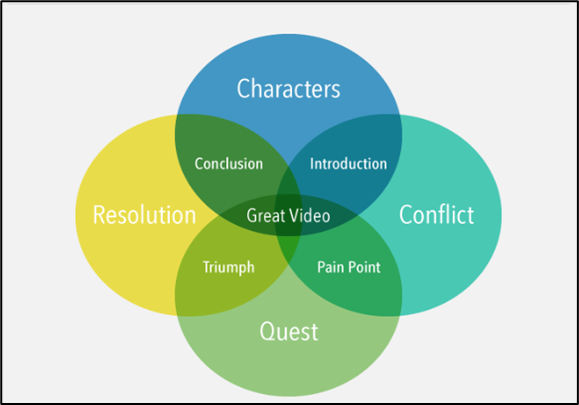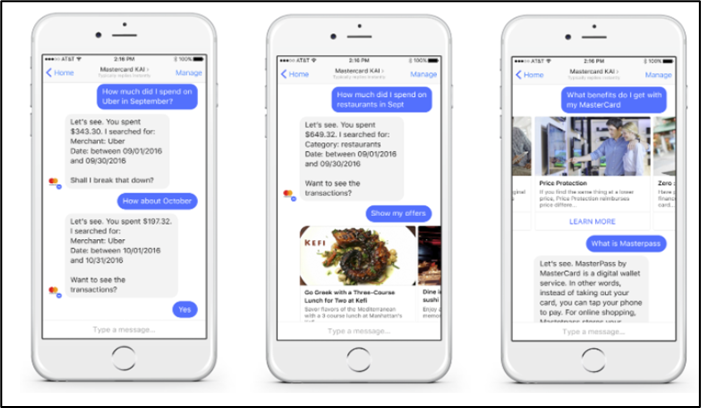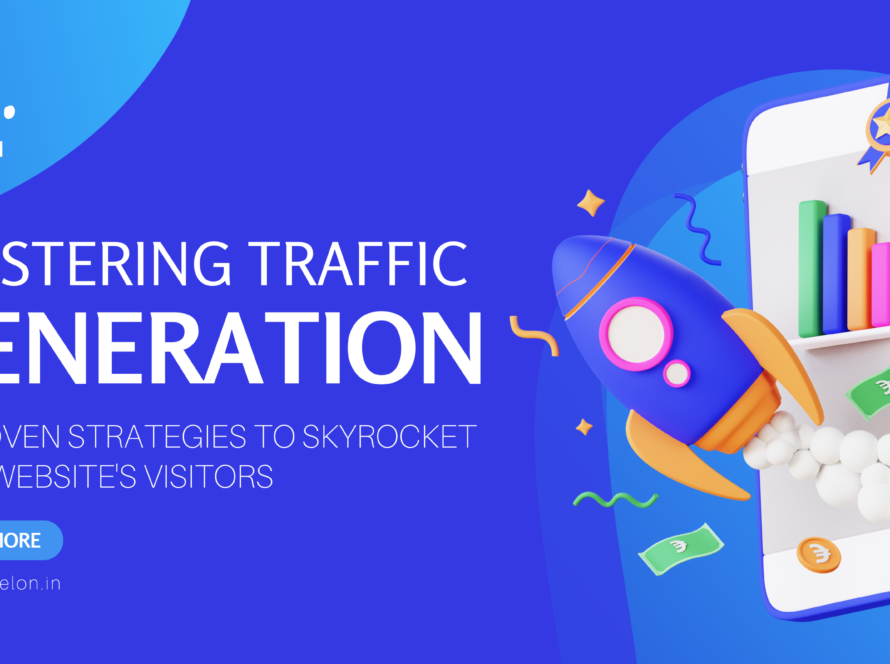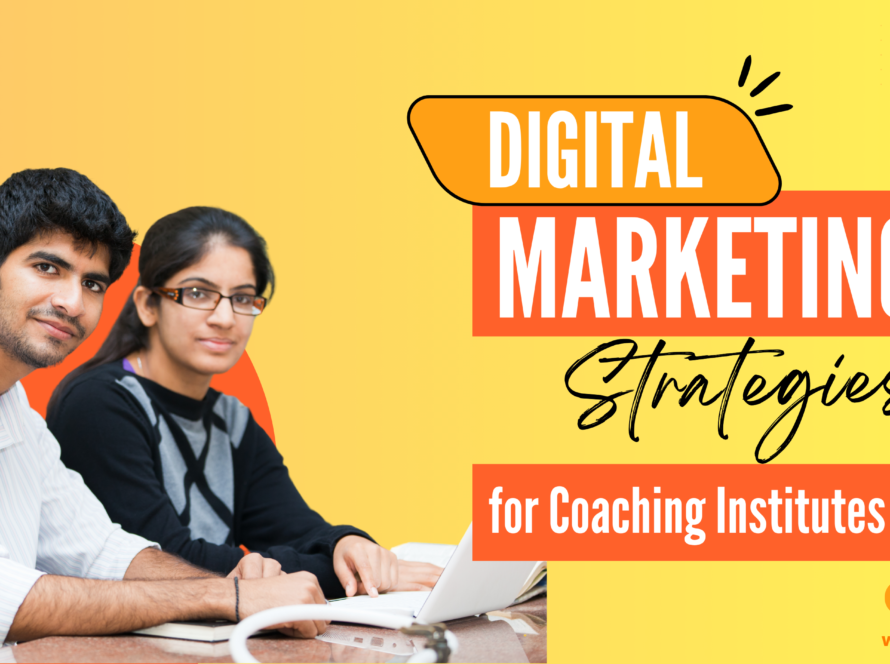As we step into 2025, characterized by continual transformation and heightened consumer expectations, the spotlight stays fixed on creating genuine narratives and forging meaningful bonds.
Brands are right on the edge of using marketing techniques that provide immersive experiences and personalized interactions to engage and attract their potential customers.
Traditional marketing & digital marketing represent two distinct approaches to reaching and engaging with audiences, each leveraging different channels and techniques to promote products or services.
While both have their strengths and weaknesses, the shift toward digital marketing has changed the landscape of how businesses connect with consumers.
Traditional Marketing
As you might be aware, Traditional marketing uses conventional methods that have been used for decades to advertise and promote products using print ads in newspapers and magazines, billboards, radio and TV commercials, direct mail, and in-person events like trade shows.
One of the main advantages of traditional marketing lies in its ability to reach a broad audience, often within a specific geographic location. For instance, a billboard strategically placed on a busy highway can capture the attention of commuters regularly passing by.
But one thing that can’t be ignored is traditional marketing often lacks precise targeting and can be challenging to measure its effectiveness accurately. It’s harder to track the exact number of people who saw a billboard or heard a radio ad and even more challenging to measure their engagement or conversion into customers.
Moreover, traditional marketing typically requires a significant budget, making it less accessible for smaller businesses with limited resources.
Digital Marketing
Digital marketing offers unparalleled targeting capabilities, allowing businesses to reach specific demographics, interests, behaviors, and locations with precision. The ability to collect and analyze data in real-time also enables marketers to track campaign performance and make adjustments promptly for better results.
This marketing often proves to be more cost-effective than traditional methods, especially for small businesses. With tools like social media and email marketing platforms, businesses can reach a vast audience at a fraction of the cost compared to traditional advertising channels.
However, digital marketing isn’t without its challenges. The landscape is highly dynamic and requires staying updated with evolving algorithms, technologies, and consumer behaviors.
12 Popular Types of Digital Marketing
1. Inbound Marketing
Inbound marketing is an umbrella that covers nearly all marketing types.
The main goal is to assist consumers in understanding how your product or service can solve their problems instead of aggressively pursuing sales. This approach involves offering valuable resources and tips, such as informative blog posts, being reachable through email, and providing ongoing support even after a purchase.
One of the most common inbound marketing methods is content marketing, which you’ll read more about below.
2. Content Marketing
Content marketing goes beyond merely creating blog posts or articles. Brands like Red Bull exemplify this evolution by producing diverse, high-quality content that resonates with their audience. They’ve embraced multiple content formats, including:
- Videos & podcasts
- Interactive infographics
- User-generated content (UGC)
Such diversified content strategies allow brands to cater to different audience preferences and capture attention across various channels.
Interactive content, such as quizzes, assessments, or augmented reality experiences, holds tremendous potential for engagement and shares. 88% of marketers said that interactive content is effective in differentiating their brand from their competitors. Incorporating interactive elements into content strategies not only enhances engagement but also provides valuable data insights into consumer behavior and preferences.
Explore MyMelon’s Content Marketing Service
3. Search Engine Optimization (SEO)
SEO remains an indispensable aspect of digital marketing strategies, continually evolving to meet the changing algorithms and user behaviors. SEO is about more than just keywords and backlinks, it encompasses a holistic approach to enhance a website’s visibility & relevance in search engine results.
With the escalating use of mobile devices, mobile SEO takes center stage. Websites must be optimized for mobile responsiveness, load speed, and user experience to cater to the growing number of mobile users.
When it comes to mobile vs desktop website traffic, a study by Statcounter found that 50.48% of web traffic comes from mobile devices. Meanwhile, desktop devices account for 46.51% of the total web traffic. Tablets contribute the least amount of traffic at 3%.
Moreover, search engines like Google prioritize websites with structured data markup, featured snippets, and high-quality, authoritative content. Understanding user intent & providing relevant, valuable information is pivotal for SEO success.
SEO in 2025 revolves around user-centric optimization, emphasizing the importance of technical excellence, user experience, and relevant, contextually-rich content to secure prominent search engine rankings.
4.Social media marketing
The landscape of social media marketing continues to evolve rapidly. Instagram, one of the popular social media platforms has witnessed explosive growth, especially among Gen Z and Millennials.

Right now, the country with the largest addressable Instagram ad audience size is India (229.55 million), followed by the United States (143.35 million) and Brazil (113.5 million).
Brands are leveraging shopping tags, in-app purchases, and shoppable posts to streamline the purchasing journey, driving direct conversions.
In 2021, global social commerce sales reached $492 billion, but it is expected to nearly triple by 2025 to reach $1.2 trillion, according to a new study by Accenture.
Tip: On average, the best time to post on Instagram is between 8:00 am and 1:00 pm. However, posting on different days of the week can considerably alter your follower’s engagement levels.
5. Email Marketing
Email marketing remains an integral part of digital marketing techniques, offering a high ROI. Personalized emails based on user preferences and behaviors have been shown to deliver significantly higher engagement rates. Studies from HubSpot reveal that personalized email campaigns generate 41% higher click-through rates than non-personalized ones.
Automation tools enable the creation of dynamic, behavior-triggered emails, ensuring timely delivery of relevant content to subscribers. Automated email campaigns, such as welcome series, abandoned cart emails, or personalized recommendations, contribute to increased conversions. Furthermore, incorporating interactive elements within emails, such as surveys or polls, encourages user engagement and feedback, fostering a more interactive communication channel.
Consider the following points:
- The total number of business and consumer emails sent and received per day is forecast to reach 392 billion+ by 2026
- 59% of people said marketing emails influenced their decision to buy.
- 62% of consumers ranked email as their top preferred communication channel with small businesses.
- Email should be a key pillar of your digital marketing strategy. Not doing any email marketing is like leaving money lying out on the table.
6. Video Marketing
Short-form videos showcase the immense potential for storytelling. Through various platforms like social media, websites, and email campaigns, businesses can create and share videos to captivate viewers, evoke emotions, and drive specific actions.
Renderforest Survey found that videos helped businesses increase new leads generation by 83%, Traffic by 78% & sales by 44%. The outcome is quite amazing, isn’t it?
Consider the below points to make an effective video:
- Determine the core message you aim to convey.
- Identify the emotions you want to evoke in your audience.
- Define the storyline that aligns with your brand’s identity and resonates with your target audience.
- Outline the beginning, middle, and end of your video, ensuring a coherent and engaging flow.

Tip: 30 seconds is the best length for Instagram videos, 45 seconds for Twitter videos, and 1 minute for Facebook
7. Influencer Marketing
Influencer marketing is now a mainstream form of online marketing
Influencers indeed enable brands to reach niche demographics authentically and generate trust among their followers.
Do always remember that influencer marketing is not solely about the number of followers an influencer has, but rather about the genuine connection, credibility, and resonance they hold with their audience and how effectively that aligns with a brand’s values and goals.
Macro and micro-influencers each offer distinct advantages based on their audience reach and engagement rates. Additionally, nano-influencers, with smaller yet highly engaged followings, have gained traction for their ability to create genuine connections with their audience, fostering brand loyalty and authenticity.
8. Pay-per-click (PPC) advertising
A digital marketing model where advertisers pay a fee each time their ad is clicked. This form of online advertising is prevalent across search engines, social media platforms & websites, allowing advertisers to bid for ad placement in search engine result pages (SERPs) or on websites hosting relevant content.
The primary platform for PPC is Google Ads. Similarly, social media platforms like Facebook, LinkedIn, and Twitter offer PPC advertising, enabling advertisers to target specific demographics, interests, or behaviors.
How Does PPC Advertising Work?
- Keyword Selection… Advertisers choose relevant keywords for their ads to appear in search results when users search for those terms.
- Bid Auction… Advertisers bid on keywords in a competitive auction system.
- Ad Placement… Search engines display ads based on bid amounts, ad relevance, and quality score.
- Ad Display… Ads appear on search engine result pages or relevant websites.
- Cost & Clicks… Advertisers pay when users click on their ads, and the cost per click (CPC) varies based on bid competition and ad quality.
PPC offers several advantages, including precise audience targeting, measurable results through detailed analytics, and quick entry into the market.
For a successful PPC campaign, focus on strategic keyword selection, compelling ad copy, and ongoing optimization to maximize effectiveness and minimize costs while reaching the intended audience.
9. Chatbots & messaging apps

More and more people are using chatbots and messaging apps to communicate with brands. 87.2% of consumers rate their typical chatbot experience as within the range of neutral to positive.
The #1 predicted use case for chatbots is “getting a quick answer in an emergency”. The #2 use case is “resolving a complaint or question”
See how Mastercard’s Facebook Messenger bot simplifies the user experience by enabling effortless access to account information. With simple queries like “How much did I spend on restaurants in May?” customers swiftly retrieve transaction details.
Creating content for chatbots & messaging apps requires careful consideration of purpose, format, and tone. You must determine what you want to achieve with your content, such as resolving a complaint or problem, educating, entertaining, or persuading your audience.
Additionally, you need to decide which formats to use, such as text, videos, or audio. Lastly, you must decide on the tone of your content. Will it be formal or informal?… Your content should also reflect your brand personality and voice.
10. Affiliate Marketing
Affiliate marketing is a performance-based strategy where individuals or businesses earn commissions by promoting the products/services of others.
Affiliates join programs offered by companies, receiving unique tracking links to share. When these links generate sales, leads, or desired actions, affiliates earn a predetermined commission. It’s a symbiotic relationship: companies gain exposure and sales through the efforts of affiliates, who leverage various channels like websites, social media, or email marketing to drive traffic and conversions.
The model benefits both parties, offering companies a cost-effective way to reach a wider audience and affiliates an opportunity to monetize their online presence without creating products themselves.
11. Augmented reality (AR) & virtual reality (VR) marketing

Tried and true marketing tools and methods will no longer be enough. Consumers now expect more, and fortunately, businesses can meet those expectations… thanks to augmented reality (AR) & virtual reality (VR).
Virtual Reality (VR) immerses users in digitally created environments, offering simulations of realistic or imaginative scenarios. AR overlays digital elements onto real-world surroundings, enhancing the existing environment.
In marketing, VR is employed to transport users to simulated product experiences, such as virtual tours of properties or test drives for automobiles, creating a deeper connection with the product.
AR, on the other hand, enhances physical environments, allowing users to visualize products in their own spaces before purchasing or trying on virtual clothing and makeup.
Brands like IKEA use AR to facilitate furniture placement in customers’ homes through apps like “IKEA Place,”. As a result, the company’s app has received over 5,000 ratings on Apple’s app store, averaging 4.6 on a scale of 5 stars.
While Sephora utilizes AR for virtual makeup trials. Using its beauty try-on feature, customers can see how they would look while wearing different makeup products.
A recent MarketsandMarkets survey forecasts that the AR market will skyrocket from $25.1 billion in 2023 to $71.2 billion by 2028.
While AR/VR has its own advantages, it also poses some challenges that need to be addressed.
- Costs & Technical Requirements… Developing AR/VR content can be resource-intensive and require specialized technical expertise.
- Accessibility…Not all users have access to VR devices or may not be comfortable using them.
- Content Quality…Maintaining high-quality, compelling content is crucial to ensure impactful experiences for users.
12. Podcast Advertising
It involves the promotion of products or services through audio advertisements embedded within podcasts.
On average audio content consumers in India listen to podcasts three to four times per week.
And the medium’s continuation to growth shows no signs of slowing down. For businesses, now is the time to become part of the conversation and get your message heard.
Around 75% of podcast listeners admit they give their favorite podcasts undivided attention. This level of involvement signifies that listeners aren’t simply background-playing the content; rather, they’re actively and attentively absorbing the information, making podcasts a highly effective platform.
There are various formats for podcast ads, including host-read endorsements, pre-recorded commercials, and sponsorships. Host-read ads, in particular, are highly effective as they are seamlessly integrated into the content, allowing hosts to authentically endorse a product or service to their audience.
To conclude
In the marketing realm, success in 2025 & beyond hinges upon a brand’s adeptness in these diverse marketing techniques while placing authenticity & audience at the forefront… This not only navigates the ever-evolving marketing landscape but also lays the foundation for sustained success and enduring relationships with consumers in the years to come.





